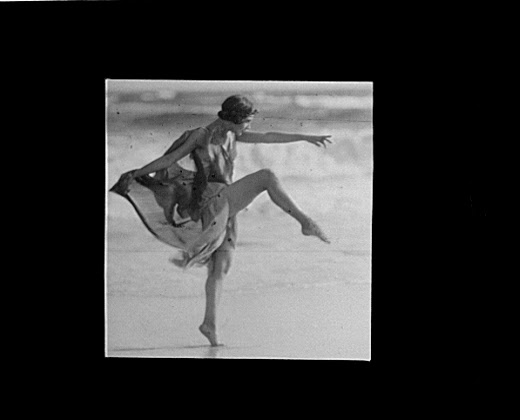Sunday, 26 February 2017
Saturday, 25 February 2017
Tuesday, 21 February 2017
Sunday, 19 February 2017
Friday, 17 February 2017
Sunday, 12 February 2017
Isadora Duncan's Concert Studio(ex-Isadora Duncan's Moscow School) perfomance for the school pupils,1935
After the closing down of the Isadora Duncan's Moscow School in 1929, it was reformed into "Isadora Duncan's Conert Studio".Their artistic director was Maria Borisova, who replaced Irma after her leaving to USA.(Althought, according to the Isadora Duncan Archive, Tamara Lobanovskaya was their artistic director from 1930 to 1935. But the soviet press points at Maria.)
Their manager remained Illya Shneider, who was previously the headmaster of the Moscow school.
The footage starts with the title"Learnig the Ancient Greece Art", where it shows the school excurtion in art museum. Later on, in this museum, the dancers of Duncan Concert Studio shows the movement of the greek statues to the pioneers.
Saturday, 11 February 2017
The famous Russian ballet dancer Michel Fokine shares his point of view about Isadora Duncan's art in his autobiography
 |
| Michel Fokine, 1936. Photo by Howard Coster. © National Portrait Gallery, London |
I wish to talk about Isadora Duncan in some detail. She was the greatest American gift to the art of dance. Duncan proved that all the primitive, plain, natural movements - a simple step, run, turn on both feet, small jump on one foot - are far better than all the richness of the ballet technique, if to this technique must be sacrificed grace, expressiveness, and beauty. It is true that one should not sacrifice beauty or grace to the execution of technical difficulties. The error is in the supposition that technical difficulties could not be executed with grace, as if beauty and expressiveness may be associated only with simple movements.
Subscribe to:
Posts (Atom)







